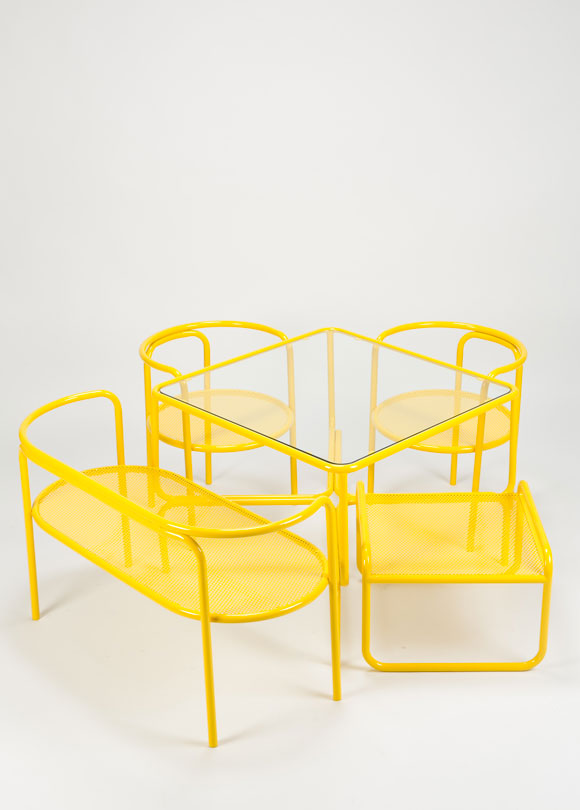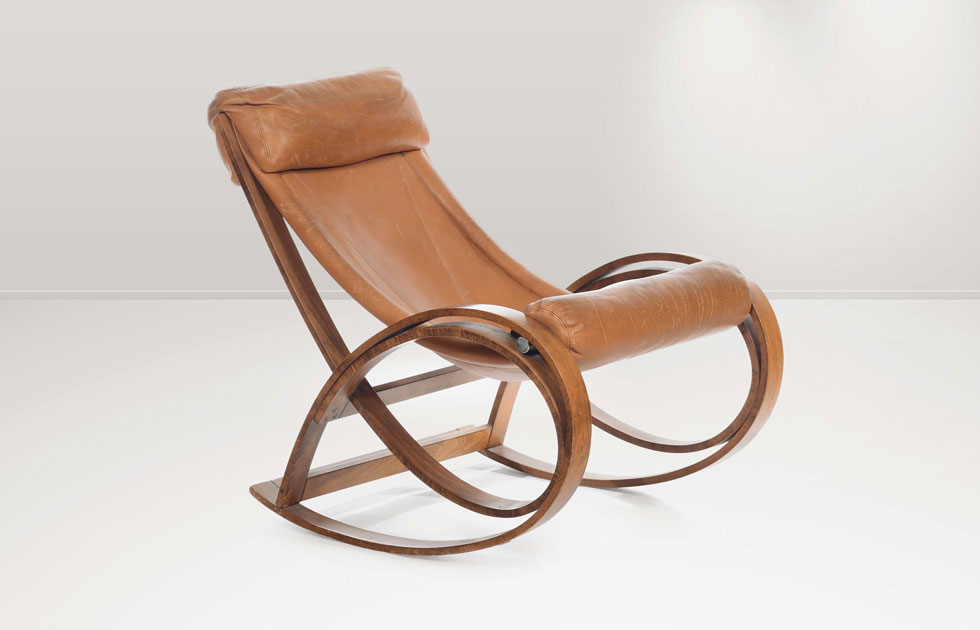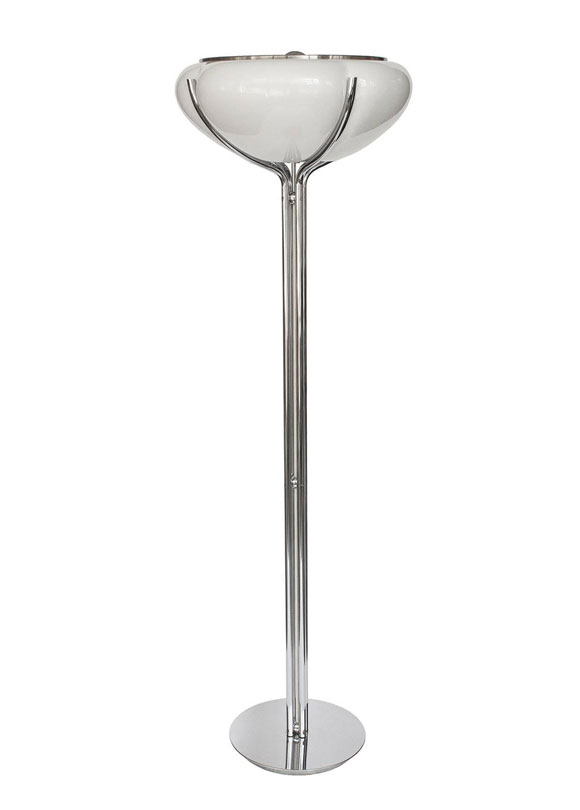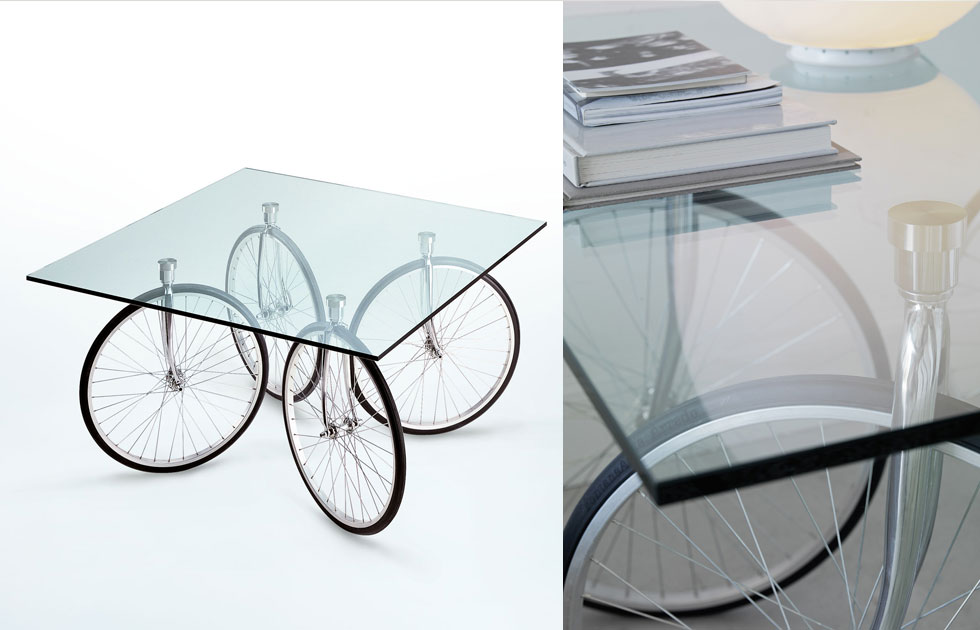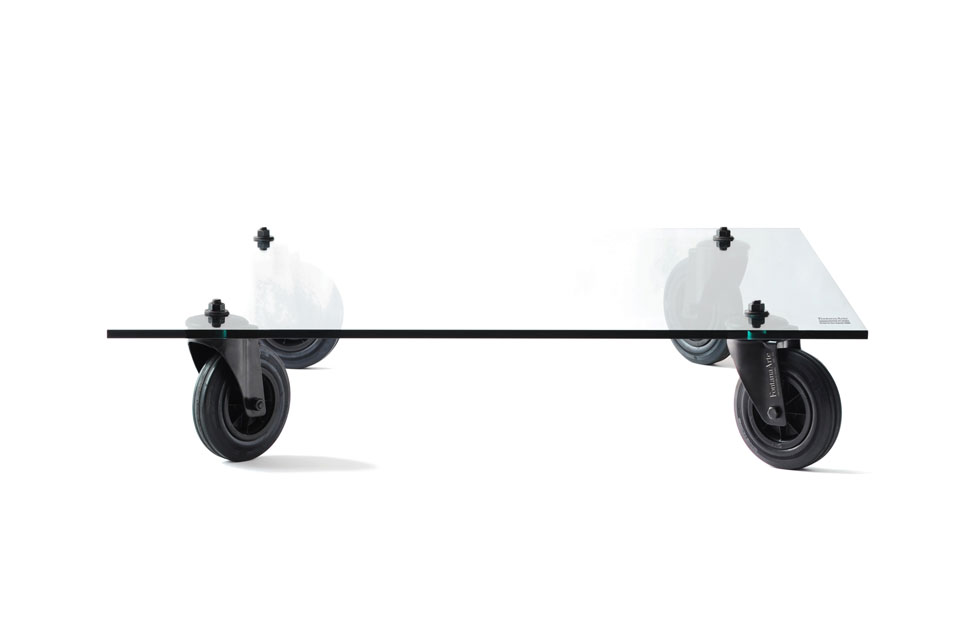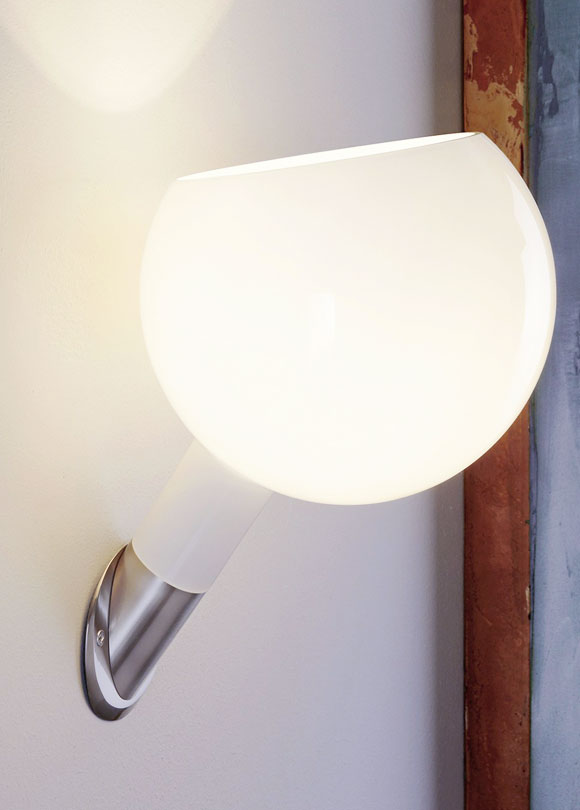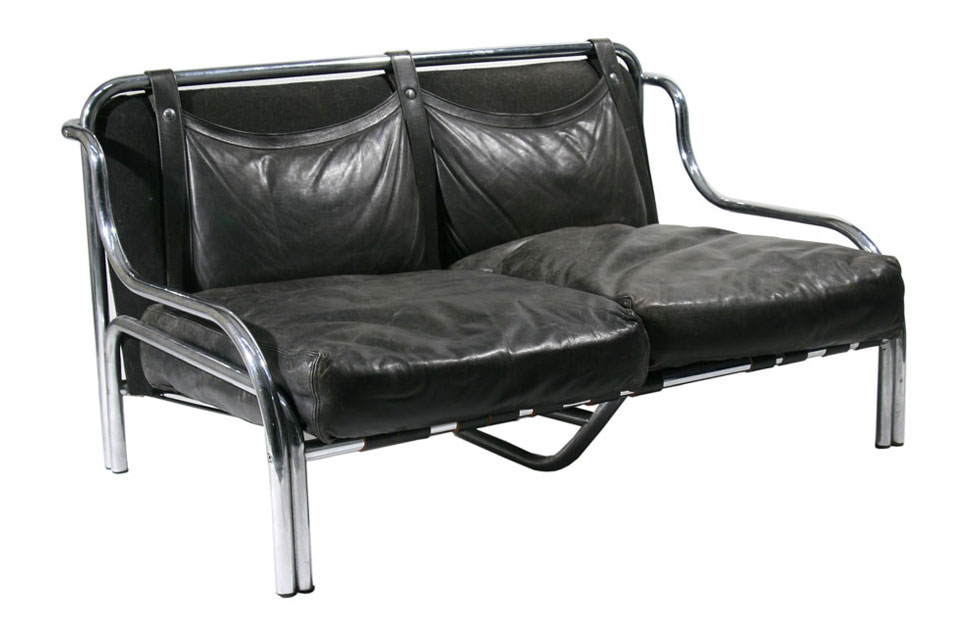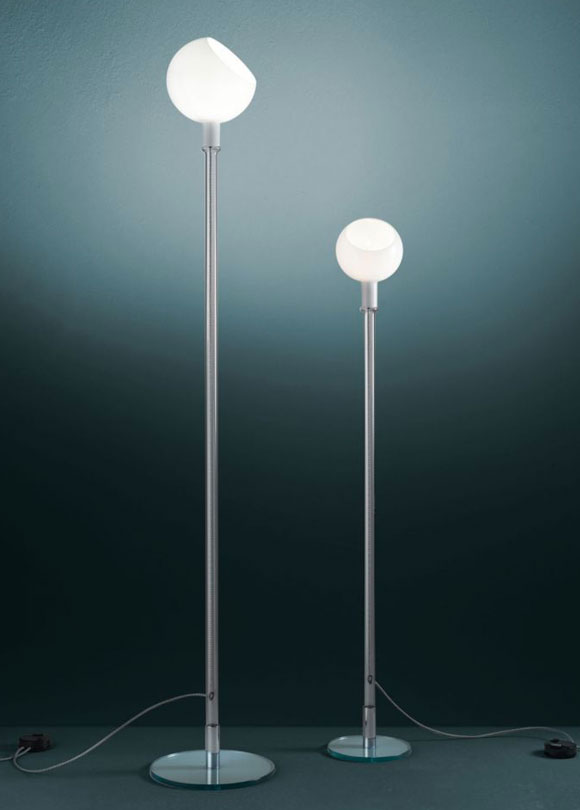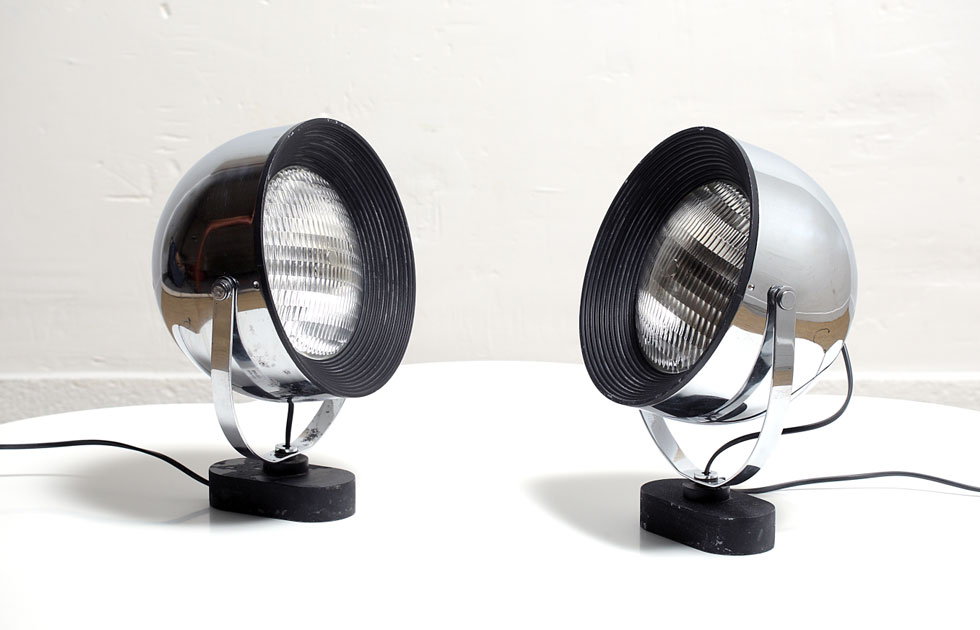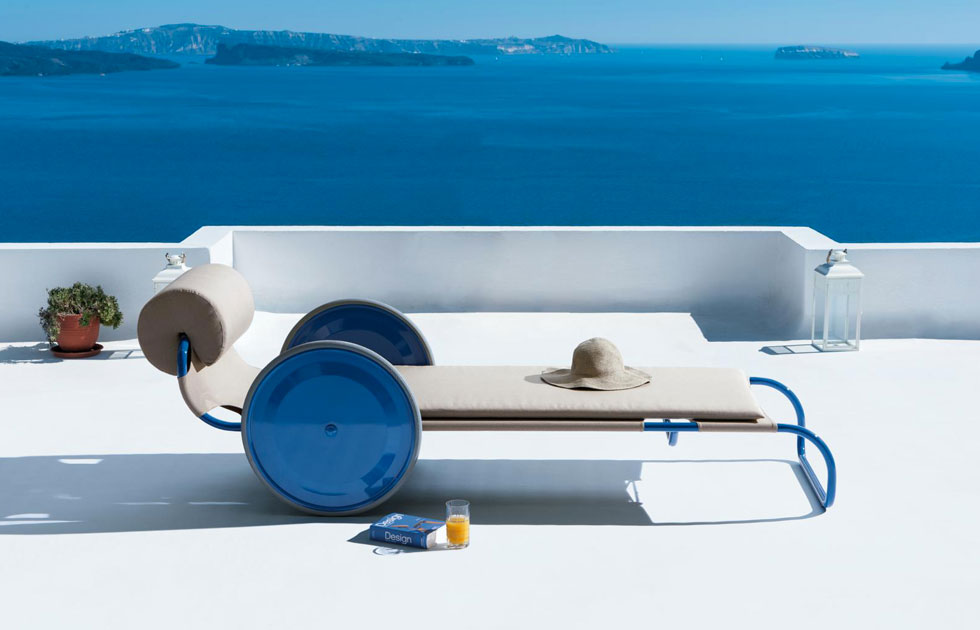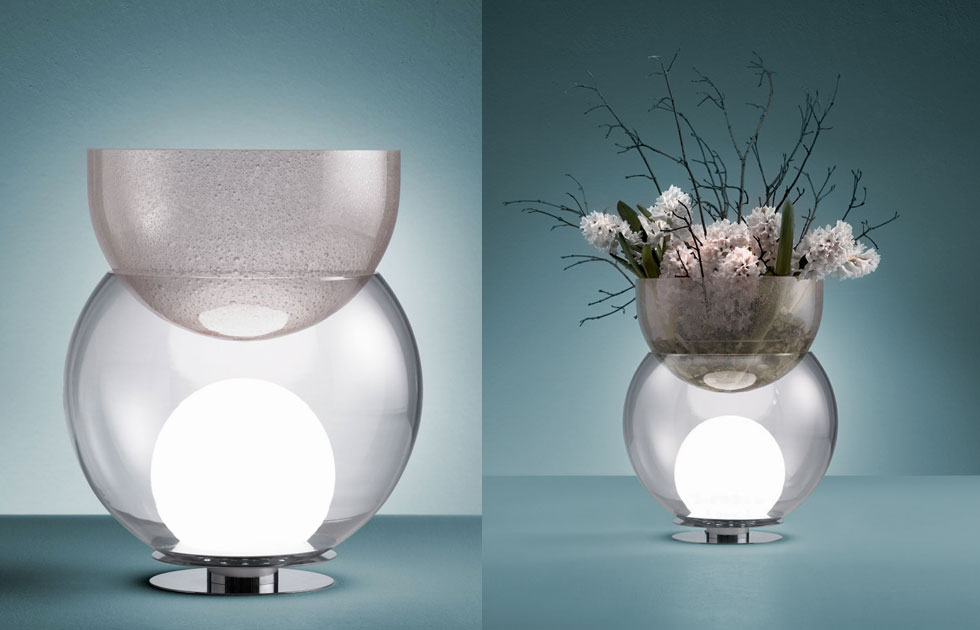Like it or not, I have to admit, that almost all the people that now have made the history of design, are men. Was it a matter of chance or a matter of women’s emancipation that characterized the historical moment, women had very limited space in the design world of the 50’s and 60’s.
But then we have this woman, a prominent personality, who against the odds, managed to carve out a place of honor in the world of design. Obviously, I’m talking about Gae Aulenti!
Although the world of design was very male dominated (and would have been for many more years), she won her battle for professional recognition.
He formidable career was recognised and rewarded nationally – she received the gold medal for the merits of culture and art in 1994 and was nominated as a knight of the ‘gran croce’ of the Italian Republic in 1996 – and on an international level: as early as 1991 she received the Imperial prize, a Japanese award given every year to the most importants personalities in the world of art and architecture.
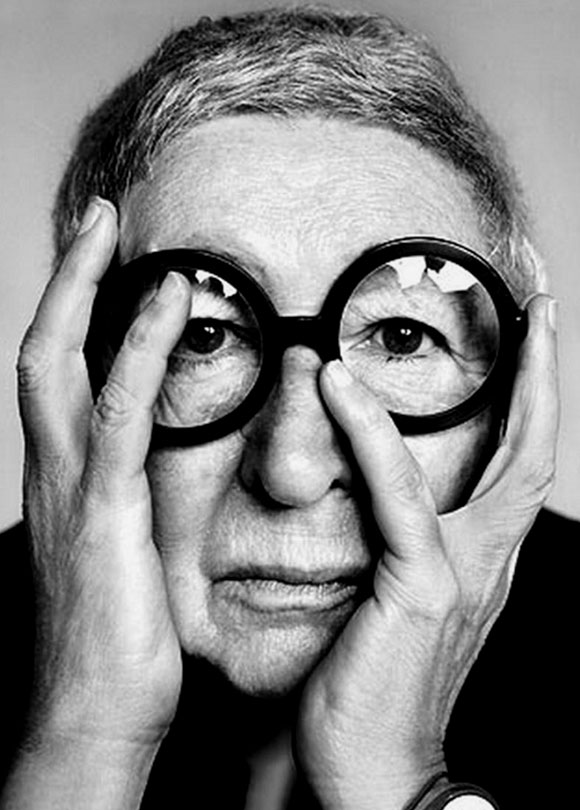
Gae Aulenti was born in Palazzolo della Stella in the province of Udine, Italy, in 1927 and died in Milan in 2012, a few days after receiving the Gold Medal for Lifetime achievement at the Milan triennale.
A few months after her death, the city of Milam dedicated the square in the center of the Unicredit Tower to her.
She was an important architect, designer, and scenographer on the national and international scene, and has given us some of the most renowned products of all time, both in Italy and abroad.
She trained for her profession in Milan in the 50’s and graduated from the Polytechnic (in 1953 to be precise). Later she went on to teach, first at the Faculty of Architecture in Venice and then, back her origins in the Polytechnic.
Gae Aulenti bought with her a particular poetry, that followed throughout her design activities.
For her it was always essential to think of an object, the architecture, or even a project, in relation to the city which represents its human history.
In fact, she said:
Any man's object, monument or den, cannot evade its relationship with the city, a place of representation of the human condition, and his analysis is only possible if you can define the object in the discontinuous form if you can demonstrate how it will find its place and its law of appearance
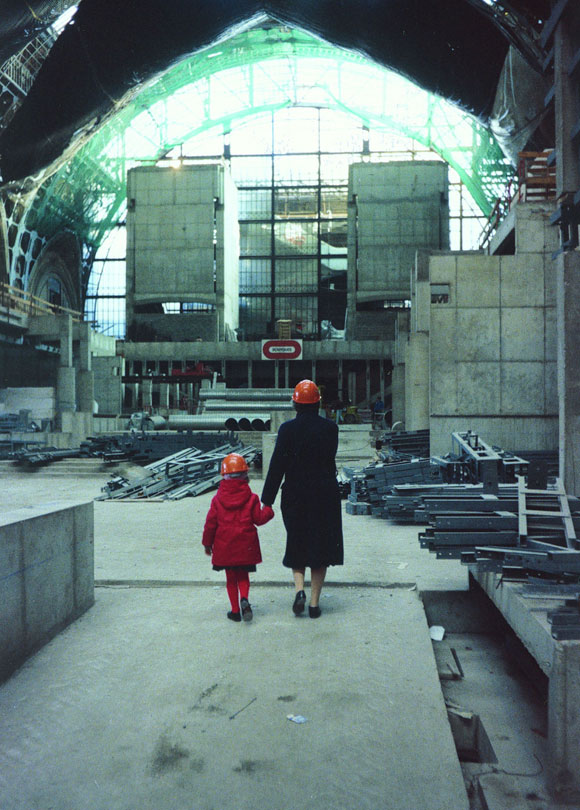
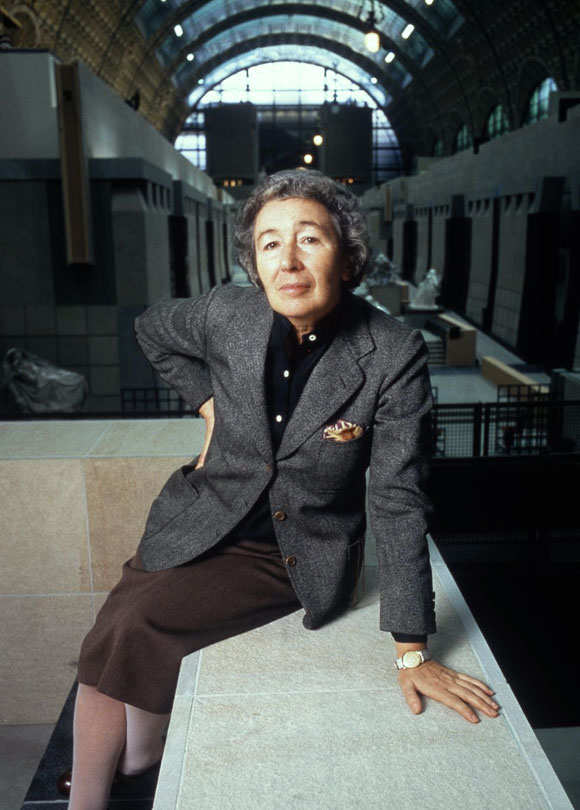
My favorite piece of Gae Aulenti is undoubtedly the “Pipistrello (Bat)” lamp, which is perhaps also her best known and what made her famous.
This product, created in 1965 for Martinelli Luce, has a truly special versatility and a strong expression, it’s capable of combining grace and humour, which is never a bad thing.
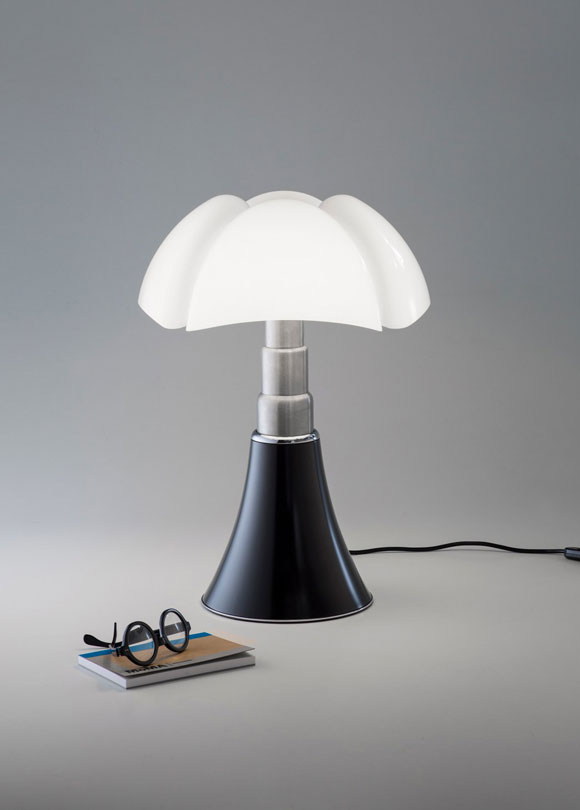
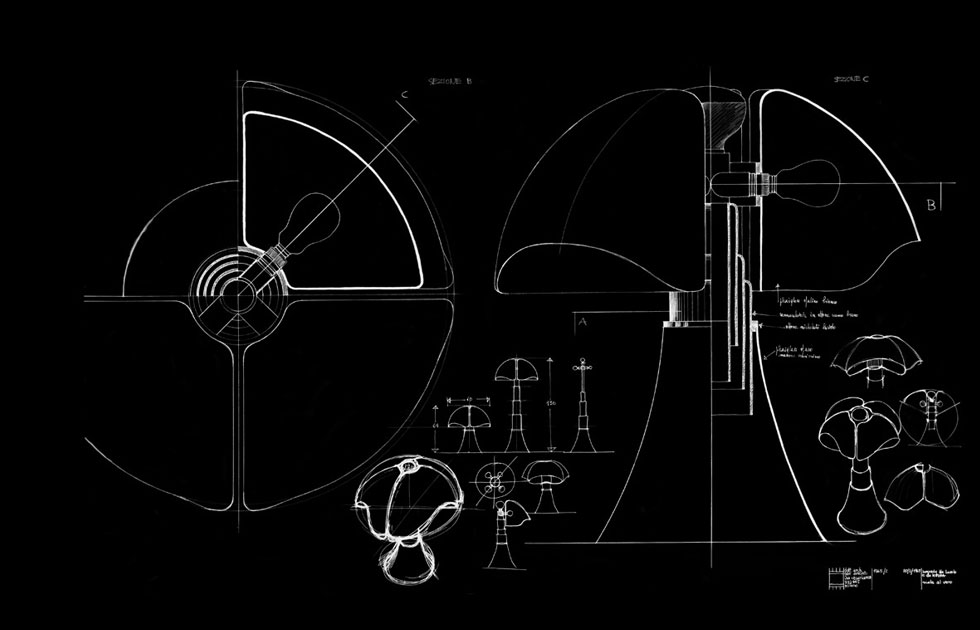
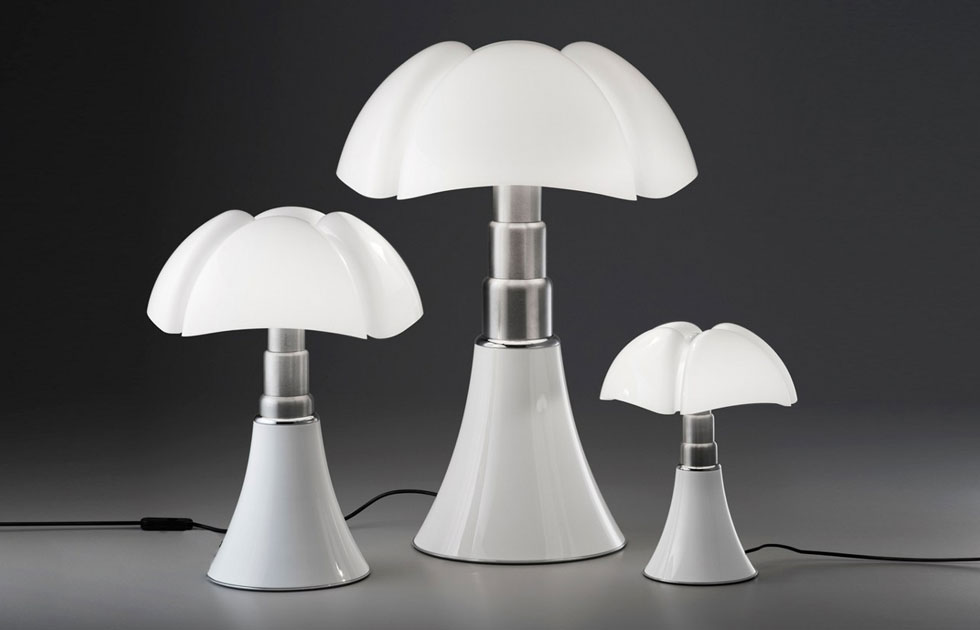
For the lamps 50th birthday, in 2015, two new versions were made: a decorated version and a 24K gold plated version.
Here it is, do you like it? I’m already “totally in love”.
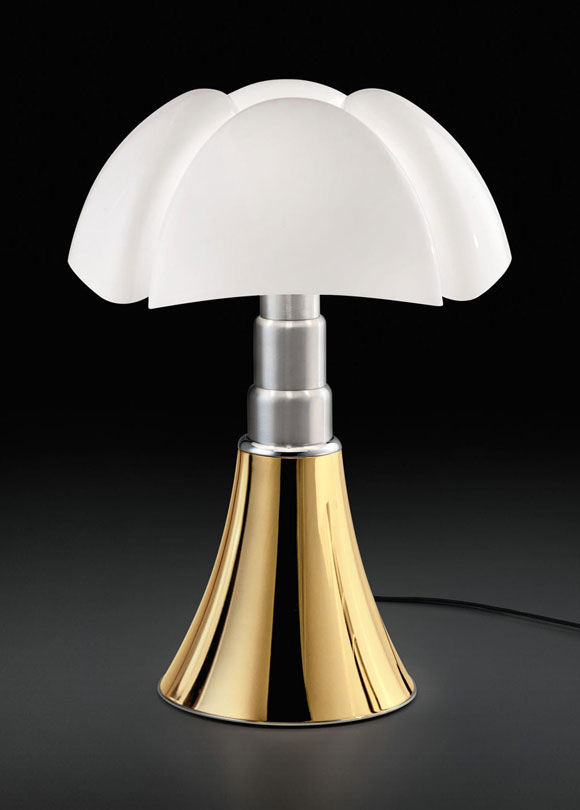
Here are her other important and at times irreverent creations of light and product design:
